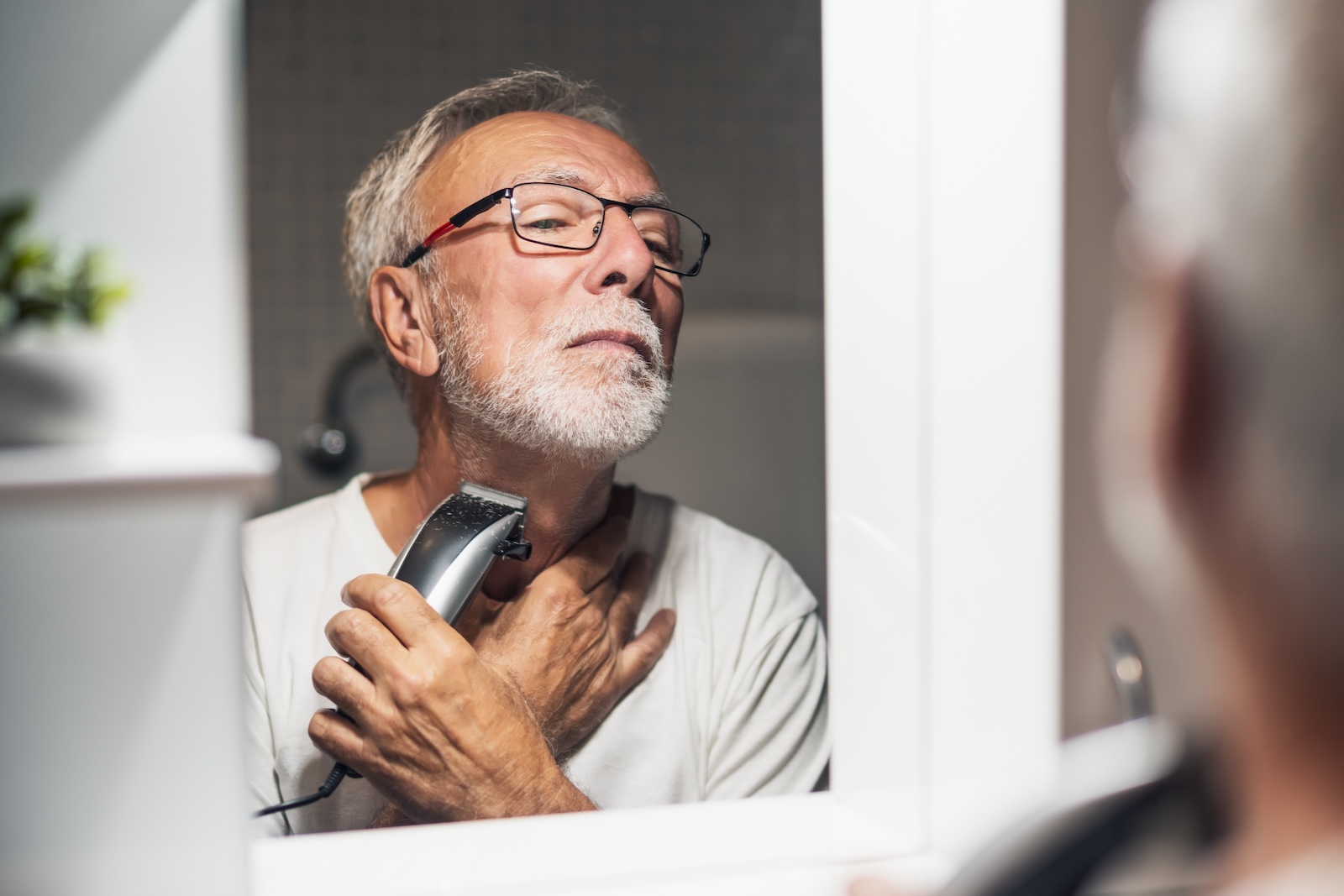Magazine
Scar Treatment: How to Get Rid of Scars
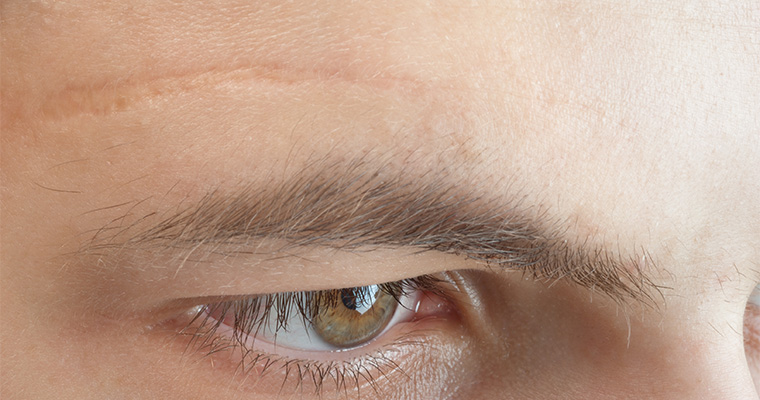
Are you interested in learning more about scar treatment? Here is the ultimate guide on how to get rid of scars for good.
Did you know that more than 100 million scars occur worldwide every year? Most of these scars occur after surgical operations, but scars may also occur from acne, injuries, or burns. The problem with scars is that once they form, they are often permanent, but how true really is this?
Many people believe that once they have a scar, there’s nothing they can do to get rid of it. However, thanks to today’s technology and new scar treatment options in the skincare industry, there are actually quite a few ways in which you can reduce the appearance of your scars. But how, you might ask?
Keep reading to learn more about how to get rid of scars!
Laser Therapy
Laser skin resurfacing has become quite popular in recent years because of its ability to smooth out the face’s complexion and reduce the appearance of scars and other skin blemishes. Laser therapy might sound scary, but it is actually quite a safe procedure.
The procedure works by using a special laser that targets the upper layers of the skin as well as the blood vessels in the treatment area. It is mainly a treatment for facial scars, although there are some cases in which you can get this type of treatment on other parts of the body. The goal of the laser is to remove the upper layers of skin on the scar.
Scar tissue is quite different from regular skin tissue because it is much denser and more fibrous. It forms as a result of an injury of some kind and it is the body’s way of healing itself and making itself stronger than before. Of course, the body doesn’t care very much about a scar’s appearance.
What You Need to Know
Scars may be flat or raised and come in many different shapes and shades. Laser therapy is particularly effective at flattening out raised scars. This can make them much less noticeable from different angles and the scar will blend in better with the rest of your skin.
For flat scars, laser therapy can still take off the upper layers of skin and help better match the color of the scar to your normal skin tone. Keep in mind that laser therapy may not be able to get rid of your scars completely. Even so, most people who try this therapy are happy with their results.
After the procedure, your skin is going to be quite sensitive. For that reason, you will want to stay out of the sun and avoid anything that may further irritate your skin. After some time, your skin will recover and you will notice that your complexion will be much smoother than before.
The only downside is that this treatment is quite expensive. Each session ranges between $1,000 and $2,000. If you don’t have this kind of money to spend, what is the next best acne scar treatment you can try?
Silicone Gel
You may not have heard of silicone gel being used to treat scars before. This is because silicone gel is not as popular as other treatments, but that doesn’t mean that it cannot work. On the contrary, many people who try this gel for their scarring find that silicone gel can do wonders.
Silicone gel works because of the way it affects the scar formation process. When a scar starts to form, cells called fibroblasts start to produce collagen. Usually, collagen is very useful to have in your skin because it allows the skin to be flexible and supple.
However, during the scar formation process, fibroblasts end up producing too much collagen. When this happens tough, fibrous tissue is created, which results in a scar. This excess collagen is also what makes scars raised or discolored.
Silicone gel works by interfering with the fibroblast’s ability to produce collagen. It does this by targeting the stratum corneum which is the upper layer of the skin. By hydrating this upper layer, the gel manages to control fibroblasts and reduce their production of collagen.
While the gel cannot stop the fibroblasts from producing collagen entirely, reducing the amount of collagen produced is still very helpful as it makes the resulting scar much softer. As such, silicone gel is a very good way to prevent scarring, but it also is a good way to treat existing scars.
Another way silicone gel helps, is by preventing bacteria from invading the scar tissue. This is important because certain types of bacteria can cause the skin to produce even more collagen which can worsen the appearance of the scar. But what about very old scars?
Healing the Scar
Old scars have gone through a period of excess collagen production. Silicone gel aims to treat these scars by softening them.
As mentioned before, this gel mainly targets the stratum corneum layer of the skin. By providing this layer with plenty of moisture, the scar tissue starts to soften as a result.
Softening the scar and keeping it moisturized is important because scar tissue is usually quite rigid and dry which can make its appearance worse. By using silicone gel every day for a few weeks or months, you will start to notice an improved appearance in your scar. Once the scar becomes softer, it will no longer be as raised and the color will be milder as well.
In a way, silicone gel gives the scar tissue a chance to “relax” or heal. While this gel might not be able to get rid of your scars completely, it will still produce some significant changes in their appearance. Many people who use this gel are happy with the results after a few weeks or months of use.
Chemical Peels
Chemical peels are very popular among people who want to have brighter, clearer, and smoother skin, regardless of whether or not they have scars. The first thing you should know is that there are many different types of chemical peels to choose from mild to deep.
Mild peels use relatively gentle ingredients to peel off the top layer of your skin. This can make your skin look much fresher than before. It can also improve the skin’s cell turnover rate, which can help make the skin look smoother as well. However, because it is a very superficial chemical peel, it won’t do much for acne scars or any other type of scars.
Trichloroacetic or TCA peels, on the other hand, go much deeper into the skin. They are considered medium chemical peels since they penetrate the skin deeper than superficial peels, but are not as harsh as deep peels. TCA peels are best for light acne scars and splotches of hyperpigmentation.
Because a medium peel goes deeper into the skin, you will likely need to use a numbing cream on your face beforehand to tolerate the discomfort. Also, after the peel, your face will be quite sensitive. For that reason, you should stay out of the sun and use sunscreen as necessary, while avoiding anything that might irritate or damage your skin.
Finally, there are deep peels that penetrate the skin very deeply. These peels are best for deep and old scars that other treatments are not able to improve. Keep in mind that deep peels are considered a serious procedure and you will likely need to undergo general anesthesia. You will also need to wear bandages as you recover from this peel. Many people are wary of deep peels because they require a long recovery time, often several weeks if not months. During this time, you will need to take care of your bandages and make sure that your face stays very clean to prevent an infection from occurring. While this is a lot of work, you will find that the results of a deep peel will be the most beneficial for difficult scars.
What You Need to Know About Scar Treatment
Scar treatment is not what it used to be and in this day and age, there are many scar treatment options to choose from. Laser resurfacing and chemical peels are quite popular, but if you want something more economical and convenient, you might want to start using silicone gel instead. Silicone gel simply works by softening the scar and giving it an opportunity to breathe.
To learn more, contact us here.
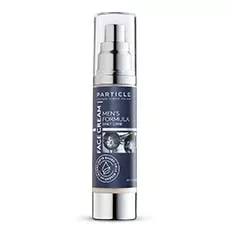
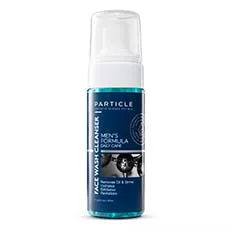
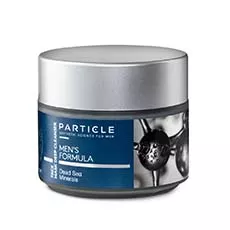
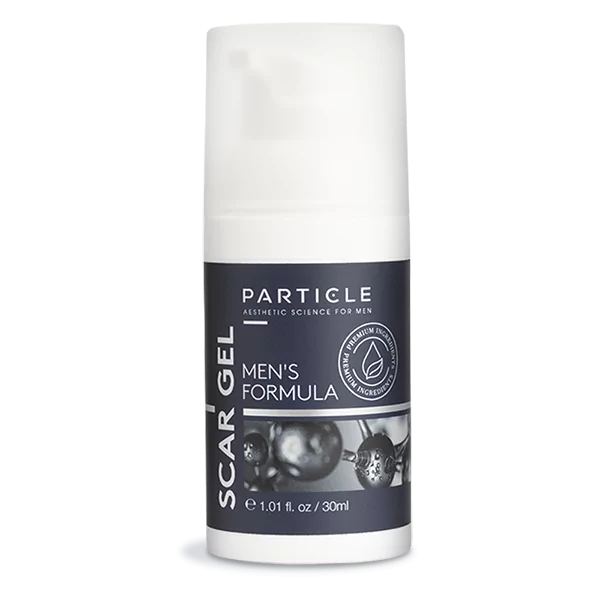
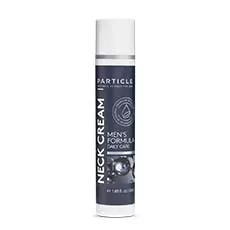
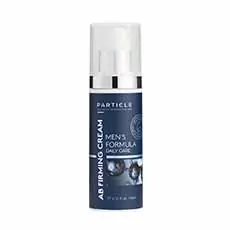
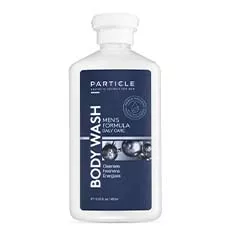
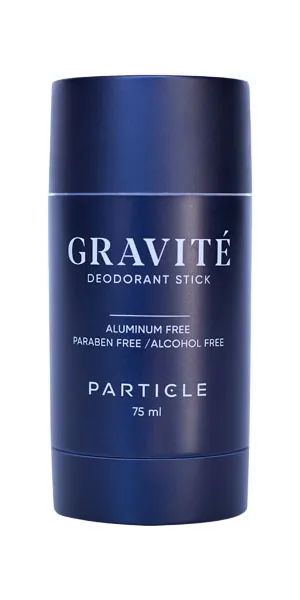
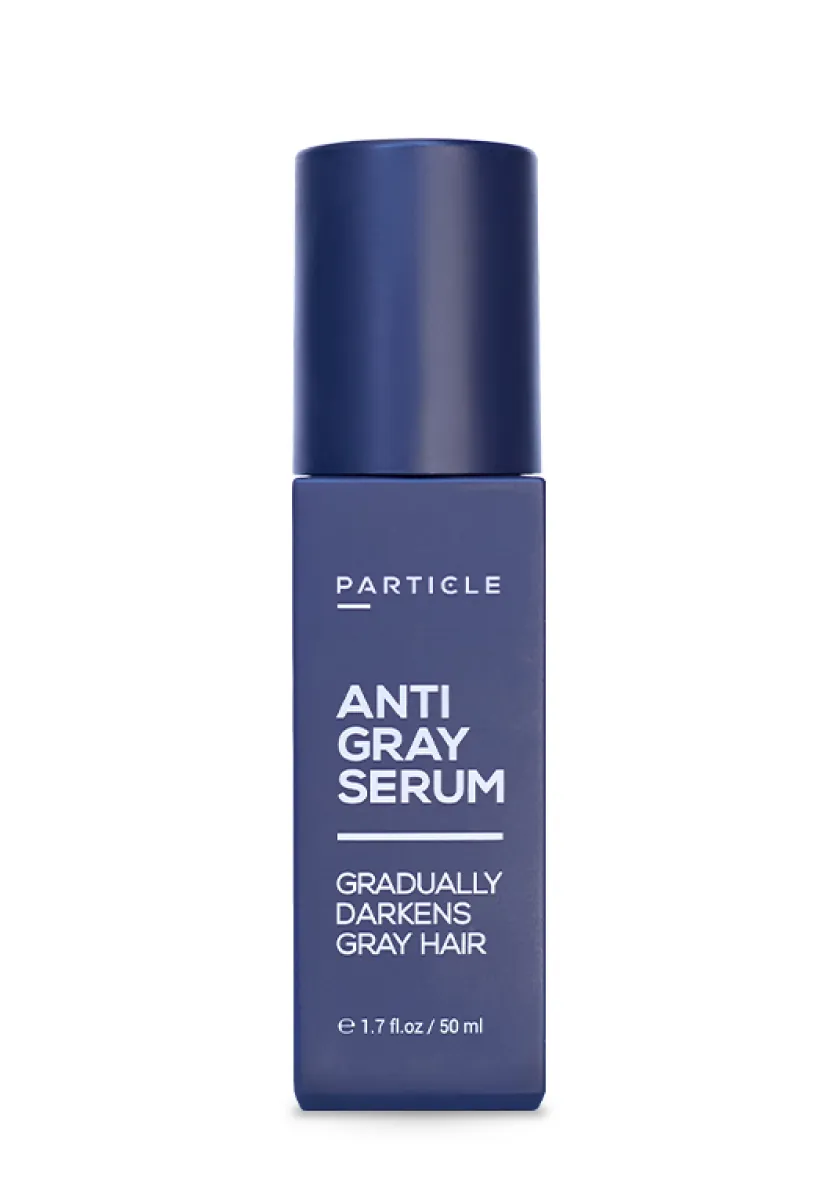
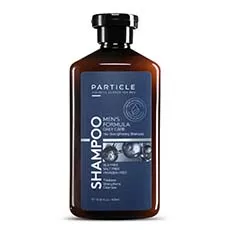
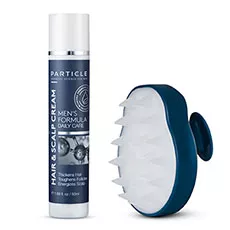
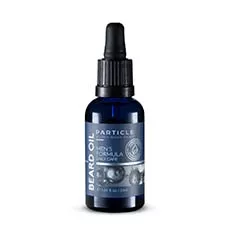
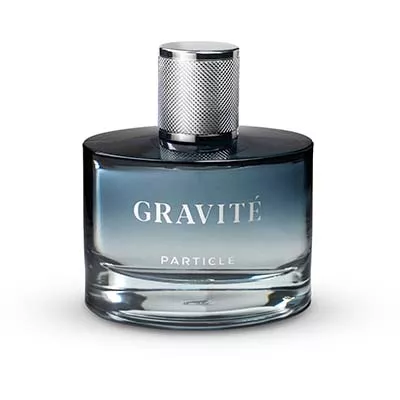

 ca
ca















